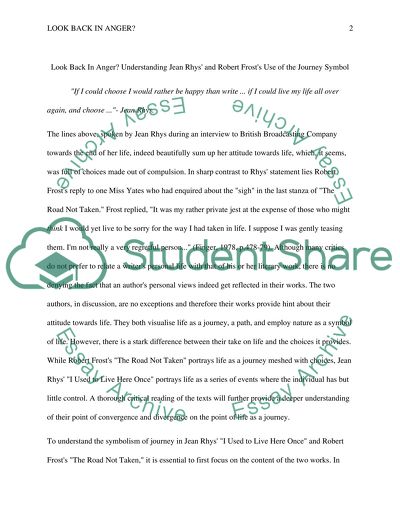Cite this document
(“Jean Rhys' and Robert Frost's Use of the Journey Symbol Assignment”, n.d.)
Retrieved from https://studentshare.org/literature/1642556-jean-rhys-and-robert-frosts-use-of-the-journey-symbol
Retrieved from https://studentshare.org/literature/1642556-jean-rhys-and-robert-frosts-use-of-the-journey-symbol
(Jean Rhys' and Robert Frost'S Use of the Journey Symbol Assignment)
https://studentshare.org/literature/1642556-jean-rhys-and-robert-frosts-use-of-the-journey-symbol.
https://studentshare.org/literature/1642556-jean-rhys-and-robert-frosts-use-of-the-journey-symbol.
“Jean Rhys' and Robert Frost'S Use of the Journey Symbol Assignment”, n.d. https://studentshare.org/literature/1642556-jean-rhys-and-robert-frosts-use-of-the-journey-symbol.


